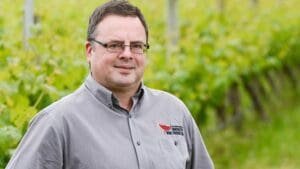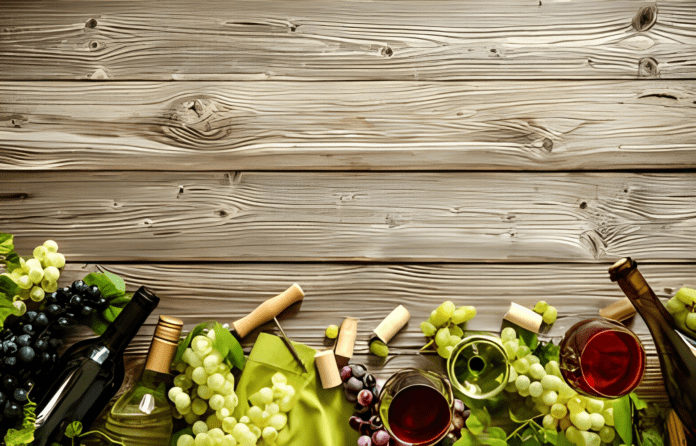According to scientists, the amounts of chemicals present in wines are influenced by the grapes and soil of a certain place. Machine learning was used to assess wine compounds and trace them back to the estate.

Scientists have trained an algorithm to identify the origins of wines using ordinary chemical studies, so fraudsters who sell cheap wine as expensive might soon face the consequences of their actions.
The wines may be traced back to a specific vine-growing region and even the estate where they were produced thanks to machine learning that differentiates them based on minute variations in the amounts of scores of components.
“There’s a lot of wine fraud around with people making up some crap in their garage, printing off labels, and selling it for thousands of dollars,” said Prof. Alexandre Pouget of the University of Geneva in Switzerland. “Our chemical methods demonstrate, for the first time, that they are sensitive enough to distinguish between the two.”

Researchers in France’s Bordeaux region employed gas chromatography to train the program; the technique had previously been used to examine 80 wines gathered over 12 years from seven separate farms. This method is useful for separating and identifying the components of a mixture and is frequently employed in scientific laboratories.
To determine the most trustworthy signature for each wine, the algorithm considers all the chemicals discovered in it rather than attempting to identify specific components that differentiate one wine from another. The program shows Wines with comparable characteristics on a two-dimensional grid.
One thing that first stood out to us is the presence of clusters that correspond to individual chateaux. That immediately told us that every château has its unique chemical signature, regardless of vintage,” Pouget explained. A chateau is defined by its general pattern of concentrations of several substances. There isn’t a single note that differentiates them; they’re all part of the same symphony.
The plots also disclosed a great deal more. Wines from three chateaux north of the Dordogne River and four chateaux west of the Garonne River were easily differentiated by the cluster positions, which matched the locations of the estates on the ground. A map of Bordeaux is recovered when these projections are made from the chromatograms, Pouget explained.
According to David Jeffery, an associate professor of wine science at the University of Adelaide and co-author of the book Understanding Wine Chemistry, “The power of machine learning for this kind of investigation is becoming more evident with each new application in food and agriculture.”

Each chateau’s wine has its unique chemical profile, shaped by a wide range of elements, including grapes, soil, microclimate, and winemaking techniques. Even while the program was 99% accurate in determining which chateaux produced a given vintage, it needed help differentiating between different vintages, only managing a 50% success rate.
Using machine learning to verify if the wine matches its label could help with fraud investigations, according to the research that is set to be published in Communications Chemistry. Recent trials have brought attention to the magnitude of criminal networks involved in the illicit alcohol trade in Europe, which accounts for €3 billion (£2.6 billion) in lost sales every year. Members of a gang were found guilty earlier this year of importing tankers of Spanish table wine into France and passing it off as French. Approximately five million bottles, some of which were rebranded as Bordeaux, were allegedly implicated in the long-running scam.
Although detecting fraud is the most apparent use case for the program, Pouget stated that the method may also be employed to keep an eye on quality while wine is being made and make sure it’s blended properly. “This could help us determine the best way to mix wines so they taste the best,” he said. To make excellent Bordeaux and champagne, wine blending is essential. Until now, only a select group of extremely wealthy winemakers have been able to pull this off. The availability of such instruments would greatly reduce the cost of producing high-quality mixes to the advantage of all parties involved.




